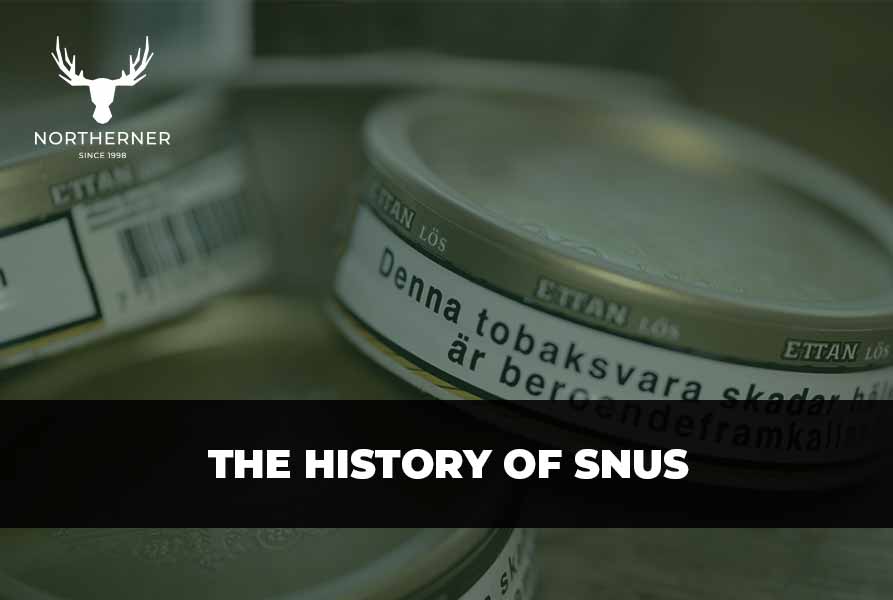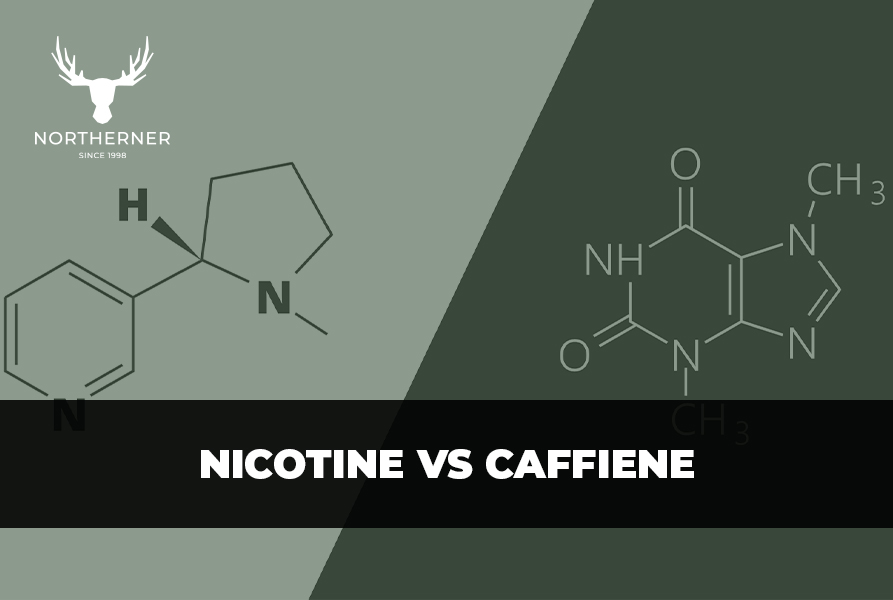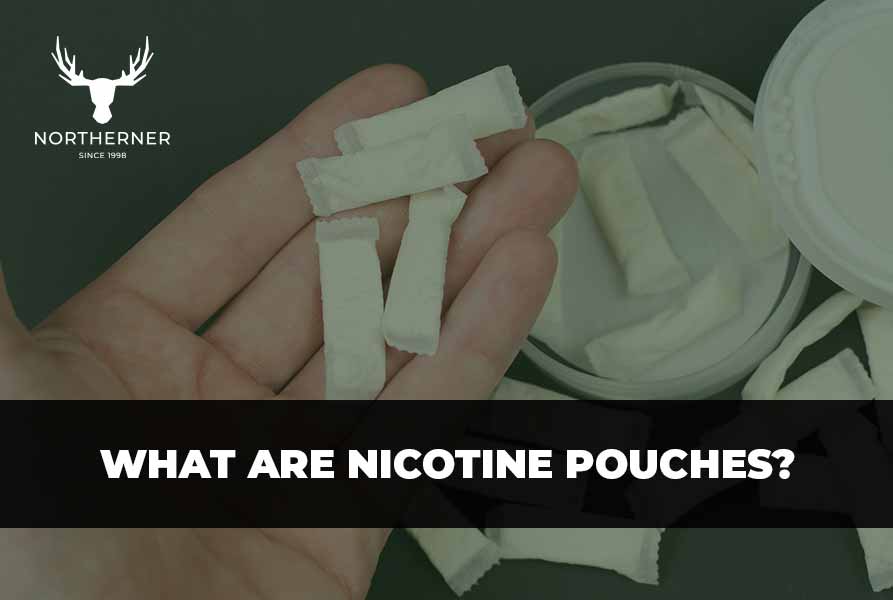The History of Snus
Sweden is the Fatherland of snus and practically the only country in the world to both manufacture and use snus. Wet snus, which is widely used today, was invented in Sweden at the beginning of the 19th century. It was introduced as a cheaper alternative to the then expensive chewing tobacco. At first, snus was manufactured by tobacco producers but as the popularity of snus widened, more factories opened and started producing snus. Today, approximately 16% of the Swedish population use snus.
The long and complex history of snus dates back to 2,000 years BC, a 4,000 year-long snus journey which began in Central America.
People have been using tobacco since well before our time. Traces of tobacco cultivations have been found in Peru and Central America, believed to be as old as 8,000 years. People started smoking tobacco in pipes about 2,000 BC. It was mainly Native Americans who did this as a peace symbol and during religious ceremonies.
The first Swedish snus
Snus increased in popularity in the 19th century, this is also when the first moist snus was invented—loose snus. Many new snus brands were founded at this time, including Ljunglöfs Ettan (1822) and J A Bomans General (1886). Both brands still exist today.
Portion snus and the brand Tre Ankare was launched in the 1970s. Until then, many people abstained from snus because they thought it was difficult and sloppy to bake their own. Portion snus contributed to snus experiencing a resurgence and an increase in popularity.
Snus 1492:
Europeans first came in contact with tobacco in the Caribbean, on the island Hispaniola (now called Haiti). Columbus and his crew came ashore on the island in October 1492. At the beach, they were greeted by natives with gifts. Among the gifts there were dry leaves which the natives regarded as very valuable. However, Columbus and his crew didn’t know how to use the tobacco leaves and threw them overboard.
Snus 1497:
Back in 1497, the monk Ramon Pane came in contact with the precursor of snus when he accompanied Columbus on his second trip to America. There he saw indigenous priests sniff a powder up their nose through a fork-shaped pipe. According to scientists, the powder most likely consisted of more than only tobacco, but the actual sniffing became important for use of tobacco when it was introduced to Europe.
Spanish and Portuguese sailors brought the tobacco plant to Europe.They cultivated the tobacco in their gardens.
Snus in the 16th century:
In the 16th century, nasal snuff, the precursor of snus, was introduced to France by French diplomat Jean Nicot. He recommended snuff to Queen Catherine de’ Medici.When she became a regular snuff user, it became a fashion among the court and upper-class citizens of France. It also became especially popular among females, as it was deemed more socially acceptable than other forms of tobacco.
The trend then spread to other royal courts and further to the rest of the population. Nicot became so strongly associated with tobacco that the plant was named after him. The scientific name of the plant became nicotiana.
Snus in the 17th century:
The trend of using nasal snuff spread to Sweden at the beginning of the 17th century.
Snus in the 19th century:
In the 19th century, Swedish farmers started to grind their own tobacco leaves in their coffee grinders, and added salt and water to it. That’s when snuff became snus. Swedish snuff producers also began to manufacture moist snuff, which is placed under the upper lip and doesn’t require spitting. Ettan, which means “Number One,” was registered in 1822, and it’s the oldest brand of snus still sold.
1822:
The ingredients of Ettan-Snus are simple—just use tobacco, salt and water. And this is the way it’s been since Jacob Fredrik Ljunglöf launched his snusmix “Ettan” back in 1822. This was long before the snus cans were invented so the snus was delivered in paper cones. This mix of unseasoned tobacco spread fast through Sweden. The manufacturer of Ettan loose today, Swedish Match, has given the snus some notes of smoke, malt and hints of dark chocolate. This does not, however, change the classic and characteristic tobacco taste of Ettan.
1866:
General Snus was launched back in 1866 but it all began 4 years earlier. Snus manufacturer Johan A. Boman had a goal to make what he called the perfect snus. It took him 4 years of research and development to reach his goal. He traveled the world in hopes of finding the best tobacco leaves, and he started to experiment with different leaf combinations. The result was a tobacco blend of 22 different tobacco varieties and a drop of bergamot oil. This is how the classic General Snus was born.
1973-1977:
In 1973, the product developers at Swedish Match created a snus flavored with whiskey. It came in portion bags that were not very different from tea bags. These small snus portions were then packed in a petite plastic bag. This product unfortunately failed, and the brand was withdrawn from the market. However, studies showed that many had been positive about the new way of using snus, but were not very impressed by the bags themselves. This spurred Swedish Match to further develop the idea and in 1977, a breakthrough was made. The breakthrough was Tre-Ankare—the first portion snus on the market. Tre Ankare laid the foundation for all portion snus you see today.
Famous snuff users throughout history
- Pope Benedictus XIII
- Napoleon
- Queen Charlotte of Mecklenburg-Strelitz




